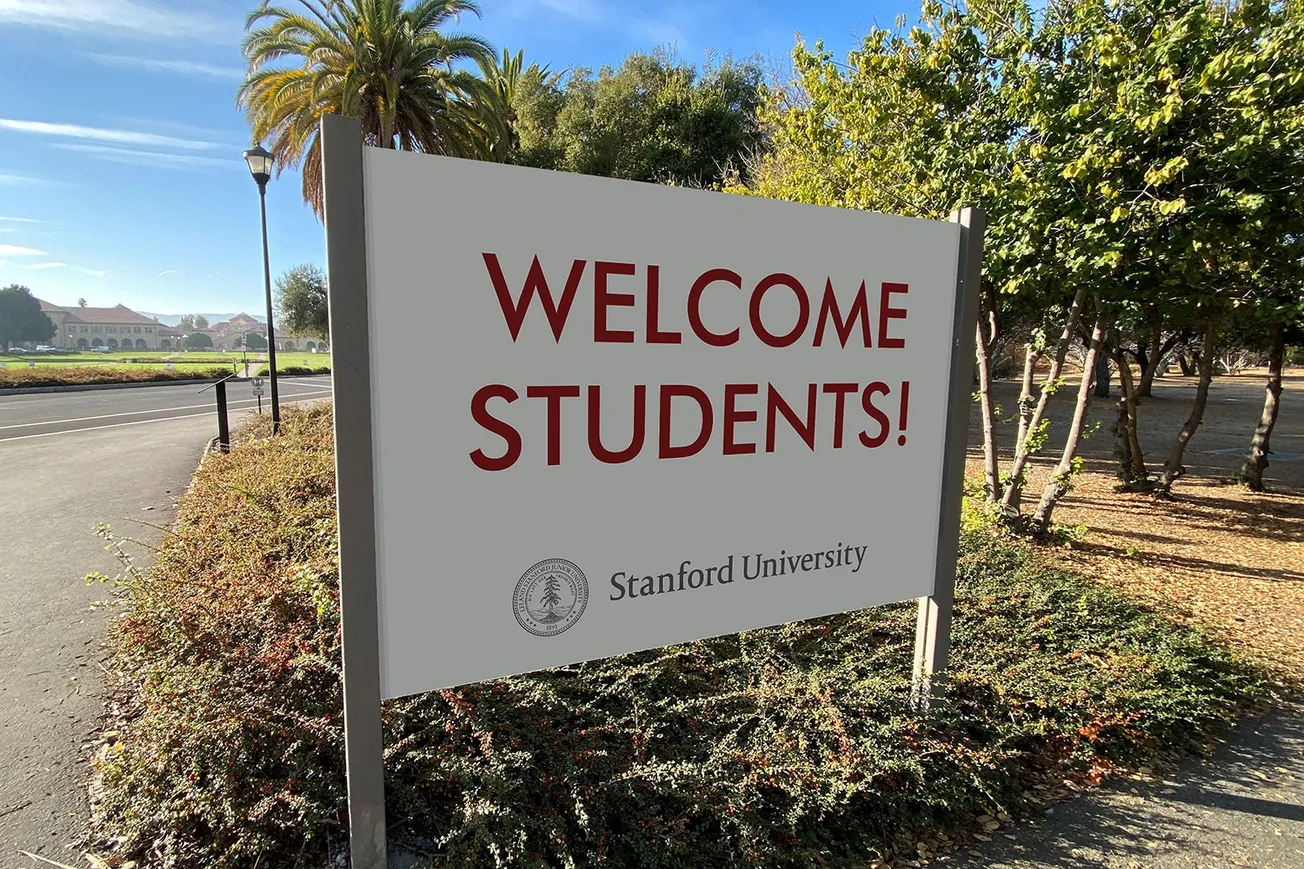Table of Contents
Stanford is responsible for engineering the nation’s most widespread addiction, one that has damaged our ability to concentrate, sapped at our natural drive, and drastically increased our levels of anxiety and depression. The story reveals an alarming problem with campus careerism: despite growing awareness of the crisis, students still choose to contribute to and profit from the addiction.
The social problem to which I refer is not teen vaping — though we have our esteemed alums thank for that as well — but a technology that has hooked millions: social media.
Not only were major social media networks – Snapchat, Instagram, and LinkedIn – founded by our alumni, but the psychological tricks and triggers they use to hook people were developed by researchers and students here. Back in 1998, one of Stanford’s eccentric social scientists, B.J. Fogg, founded the Persuasive Technology Lab to research how tech products could alter people’s attitudes and behavior.
He turned his research into a class on how to harness human psychology to make tech products irresistible. Just as a dog can be trained to respond to a ringing bell, the theory went, humans can be conditioned to respond to a pop-up notification.
Students in Fogg’s “Facebook Class” had one major assignment: build your own Facebook app. The projects from the 2007 cohort were not works of genius – the most popular app allowed users to send “hotness” points to their Facebook friends – but they got people hooked. In the space of ten weeks, they collectively gained 16 million users and made $1 million dollars in advertising revenue. Some of the students made so much money they decided to dropout and launch their own start-ups.
The lessons of persuasive technology spread from Stanford to Silicon Valley, when one of Fogg’s alumni, Nir Eyal ’08 M.B.A. published the bestselling book Hooked: How to Build Habit-Forming Products. It taught aspiring entrepreneurs how to coerce people into compulsively using technology and became the industry’s Bible on psychological manipulation and addiction engineering. Thousands of Stanford graduates, enticed by the incentives of the attention economy, rode the social media wave and made their fortune by monetizing people’s distraction.
The behavioral design hacks that came out of Stanford were irresponsible, even sinister, given their instrumental role in creating widespread phone addiction. Persuasive technology inspired design features – such as the “like” button, nagging red notifications, the infinite scroll, and autoplay videos – that seduce people into using social media compulsively. You might think it only requires a few seconds to accept a Facebook friend request, but once interrupted, it will take 25 minutes to return to your original task.
The most powerful design features exploit human insecurities. For example, LinkedIn publicly displays how many professional connections users have, tapping into deep-seated desires for social approval and popularity. Tech apologists respond that social media addiction is simply an unintended consequence of a platform with good intentions: to connect people and provide an outlet for digital expression. But Stanford’s research into these invasive tactics show that the platforms were designed to be addictive from the very start.
I don’t deny that platforms like Facebook and Twitter provide convenience. They make it easier to share photos with friends and family, find out upcoming events on campus, and discover new articles. But they do not provide services that are indispensable to modern life.
Whereas some tech companies founded by Stanford alumni such as Google and Hewlett-Packard tangibly improve our lives, social media networks do considerable harm. Instagram’s founders Kevin Systrom ’06 and Mike Krieger ’08 M.S. (also one of Fogg’s former students) created an impressive platform that steers the thoughts and behavior of billions of people, but ranks worst for young people’s mental health.
The University’s responsibility for making social media addictive shines a troubling light on campus entrepreneurial culture. According to the New York Times, Fogg taught students “to build no-frills apps, distribute them quickly, and worry about perfecting them later.” This crass approach of build now, think later takes inspiration from the philosophy of “creative disruption” that reigns in Silicon Valley, and damages the educational integrity of this university.
Imagine if our professors were teaching students the perfect ratio of sugar and salt to make junk food addictive or our most famous alumni had founded major tobacco companies. The reality is not too dissimilar, and no less alarming.
Stanford seeks to create a “purposeful impact in the world” and advance “knowledge and solutions for society.” In reality, they conspire in the profit-driven culture, encouraging incoming freshmen to “change the world,” though not necessarily for the better, teaching pre-professional majors, and bragging about their multimillionaire alumni.
When students sell out to companies that produce little or no value to society, Stanford reaps the rewards. The likes of Evan Spiegel have boosted the university’s reputation as a startup-up incubator and inspired generous donations to the endowment.
As they like to boast in news reports and admissions talks, if companies founded by Stanford graduates formed an independent nation, it would be the 10th largest economy in the world. The scale of the university’s economic impact is undoubtedly spectacular, but many of those companies have also wreaked social havoc.
Even as the evidence against social media grows, students still lust after a software engineering job at Facebook and dream of creating the next Snapchat on campus. A heroic few claim they will be the ones to change tech culture from the inside. But when Tristan Harris ’06, who also studied under Fogg, tried to address the problem of addiction as chief design ethicist of Google, he ran up against apathy and ignorance, and ultimately left the company.
Stanford’s entrepreneurial culture led many students to harbor delusions of grandeur and go on to “creatively disrupt” industries, only to leave a trail of destruction in their wake. Now that the harms of the “move fast and break things” philosophy have come to light, Stanford needs to remember its moral responsibility as a university and promote a more humane approach to creating impact and advancing solutions for society: move slow and fix things. The well-being of millions depends on it.
The previous version of this article described Nir Eyal as one of Fogg's students. Fogg denies Eyal was a student, although there are conflicting reports in other articles. Thus, we have amended "student" to "alumni," a term used in the Economist's description of Eyal, who attended a retreat at Fogg's home to discuss persuasive technology and sat in on lectures of Fogg's class on interpersonal persuasion.









